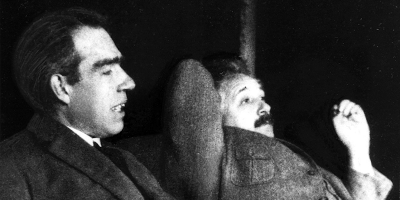Well Now!
Michael Mann’s splicing of temperature records onto tree ring proxies and his trick of hiding the decline to create his hockey stick begins to look decidedly fishy. And the IPCC is beginning to smell.
And this coming at the same time as the release of the IPCC’s AR5 Summary emphasises how far removed the IPCC is from science.
Ingo Heinrich, Ramzi Touchan, Isabel Dorado Liñán, Heinz Vos, Gerhard Helle. Winter-to-spring temperature dynamics in Turkey derived from tree rings since AD 1125. Climate Dynamics, 2013; 41 (7-8): 1685, DOI:10.1007/s00382-013-1702-3
Abstract: In the eastern Mediterranean in general and in Turkey in particular, temperature reconstructions based on tree rings have not been achieved so far. Furthermore, centennial-long chronologies of stable isotopes are generally also missing. Recent studies have identified the tree species Juniperus excelsa as one of the most promising tree species in Turkey for developing long climate sensitive stable carbon isotope chronologies because this species is long-living and thus has the ability to capture low-frequency climate signals. We were able to develop a statistically robust, precisely dated and annually resolved chronology back to AD 1125. We proved that variability of δ13C in tree rings of J. excelsa is mainly dependent on winter-to-spring temperatures (January–May). Low-frequency trends, which were associated with the medieval warm period and the little ice age, were identified in the winter-to-spring temperature reconstruction, however, the twentieth century warming trend found elsewhere could not be identified in our proxy record, nor was it found in the corresponding meteorological data used for our study. Comparisons with other northern-hemispherical proxy data showed that similar low-frequency signals are present until the beginning of the twentieth century when the other proxies derived from further north indicate a significant warming while the winter-to-spring temperature proxy from SW-Turkey does not. Correlation analyses including our temperature reconstruction and seven well-known climate indices suggest that various atmospheric oscillation patterns are capable of influencing the temperature variations in SW-Turkey.
For the first time a long temperature reconstruction on the basis of stable carbon isotopes in tree rings has been achieved for the eastern Mediterranean. An exactly dated time series of almost 900 year length was established, exhibiting the medieval warm period, the little ice age between the 16th and 19th century as well as the transition into the modern warm phase. Moreover, Ingo Heinrich from the GFZ German Research Centre for Geosciences and colleagues revealed that the modern warming trend cannot be found in the new chronology. “A comparison with seasonal meteorological data also demonstrates that at several places in the Mediterranean the winter and spring temperatures indicate long-term trends which are decreasing or at least not increasing”, says Ingo Heinrich. “Our results stress the need for further research of the regional climate variations.”
It seems that especially temperature reconstructions derived from extreme sites such as high mountain zones and high latitudes do not always correctly reflect the climate of the different geographical regions. The past temperature variations in the lowlands of central Europe and in the Mediterranean are not well understood yet. The analysis of carbon isotope ratios (13C/12C) in tree rings aims to close this research gap. By focusing on the months January to May the researchers detected the period in which the trees shift from dormancy in late winter to re-activation of growth in early spring. The carbon isotope ratios measured in individual tree rings largely depends on the environmental conditions; thus, the varying tree-ring isotope values are good indicators for changes in the environment. The carbon isotope ratios in the trees from Turkey indicate a temperature sensitivity of the trees during late winter to early spring. In cold winters the cambium and the leaves are damaged more than usual and the following recovery in spring takes longer. Low spring temperatures further delay the photosynthesis or slow down the rate of photosynthesis, with negative effects on the cambial activity.











